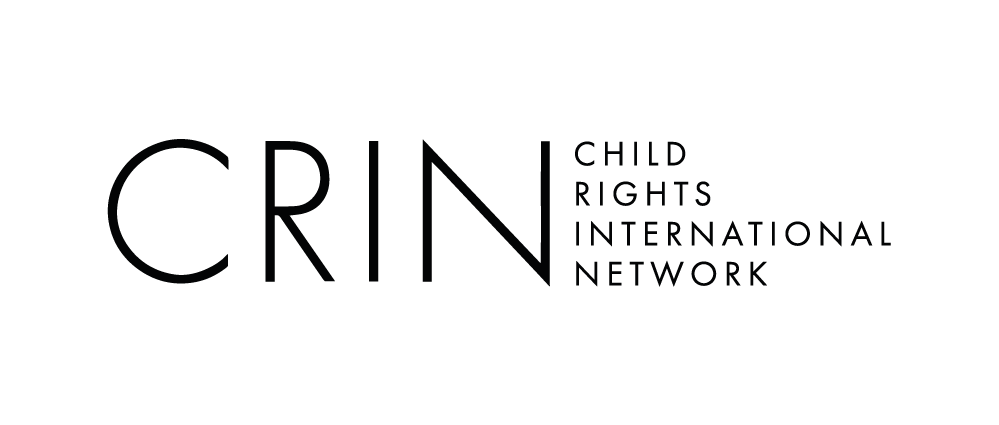Acknowledgements
We would like to thank all of the interviewees and questionnaire respondents who took part in the research for this report as well as everyone who reviewed or provided comments on drafts.
This report is provided for informational and educational purposes only and should not be construed as legal advice. CRIN and defenddigitalme do not accept liability for any loss, damage, cost or expense incurred or arising by reason of any person using or relying on information in this report. CRIN and defenddigitalme encourage personal and educational use of this publication and grant permission for its reproduction in this capacity where proper credit is given in good faith.
All CRIN content is licensed under a Creative Commons - Attribution Non Commercial - No Derivatives 4.0 licence. No material produced by CRIN may be modified unless consent is given in writing. No material produced by CRIN may be re-used for commercial gain unless consent is given in writing.
Contents
Executive summary
Introduction
Methodology
1. Encryption: A brief history
1.2 Where that leaves us today
2. Understanding encryption and its place in the digital environment
2.1 Encryption and the Internet
2.2 Encryption in children’s everyday lives
2.3 Scanning unencrypted content to match known images
2.4 Workarounds for encryption and exploits in security in the context of child protection
3. Frictions and faultlines: The search for consensus
3.1 The pressing need to address online child sexual abuse and exploitation
3.3 Encryption and the voices of survivors of child sexual abuse
3.4 The role, possibilities and limitations of technology
3.6 Beyond Europe and North America
4. The impact of encryption on children's rights
4.1 The international human rights framework
4.2 Beyond the “privacy versus protection” paradigm: some scenarios


